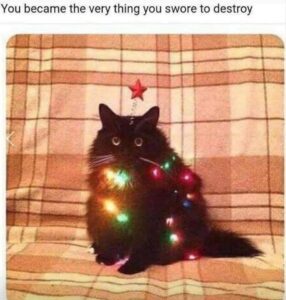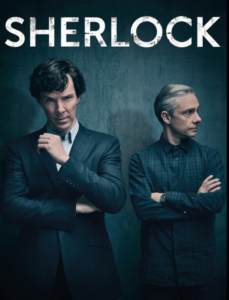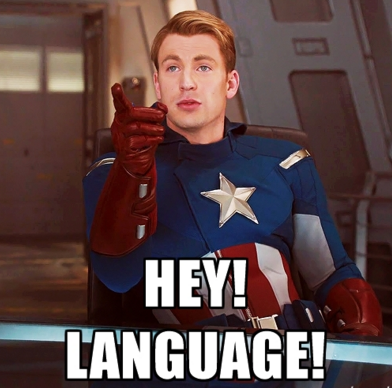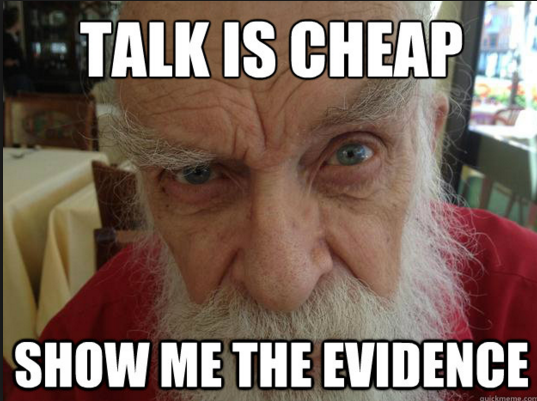Character Building: How Story Forges & Refines Characters

Image courtesy of Kevin Wood via Flickr Creative Commons
Character building is essential for telling stories that readers a) can’t put down and b) will never forget. Why am I now talking about character building, since I know I have a reputation for focusing a lot of blogs and classes on story structure?
Stories, like other complex creations, are comprised of multiple parts. If we build a car, the body of the actual vehicle is essential. Everything else will attach to that frame, either inside or outside.
Regardless how innovative and imaginative the frame, I’d argue the engine is a pretty big deal or we’re left with a very large and expensive paperweight, doorstop, or garden planter.
When it comes to designing a car, we won’t get too far without wheels, and brakes might be a good idea as well. Yet, choosing a leather interior or cloth or what color the car might be? Not high on the priorities about making the car actually WORK.
Structure is the delivery system/engine of story. If we keep starting, stopping, flashing back, including too many POVs that aren’t salient to the overall tale? The reader is likely to finally get frustrated and give up.
While structure might be the engine, is it driving anything (plot problem) or anyone (characters) interesting?
Study & Character Building

I put in a lot of work and study when it comes to honing my writing skills. This means I’m always searching for ways to become a stronger author and craft teacher.
Want to get better at anything? Look to those who are the best at what they do and pay close attention. The best way, and a requirement for anyone in the writing profession, is to read…a lot.
I read a ridiculous amount of fiction. Since I have little time to actually sit and read for long periods of time, I’ve had to retrain my brain for audiobooks. Audiobooks are a life-saver, since life didn’t decide to suddenly pause because I wanted to be a writer.
***My dishes and laundry are apparently in control of cloning-technology they refuse to share.
This said, however, I listen to an absurd amount of books in virtually all genres and use this as training. When I encounter a superlative character? I usually buy the paper version then—like the monster I am—dog-ear, highlight, and make notes.
Studying other works offers an excellent education about character building for those willing to pay attention.
When you encounter a character that resonates, then ask why? What intrigued you? What made this particular character stand out/memorable? How did the author manage to do the same but different?
Characters of Note

I tend to go through binges in genres, though I believe my go-to favorite are mysteries. For instance, Sherlock Holmes is a character that’s been reimagined countless times and in varying forms largely because he’s incredibly unique and possesses seemingly endless depths for new authors to plumb.
After eating through all the Sherlock Holmes stories, I began searching for other detectives set in late 19th century London.
I fell in LOVE with Will Thomas’s Barker & Llewelyn Series.
Not only are the mysteries masterfully crafted, but Thomas has created such an incredible cast of characters that it’s hard not to get sucked into the entire series.
While he could have gone with a Sherlock/Watson knock-off (and plenty have), he took the template and created a crime-solving duo that was wholly fresh and new.
Thomas equipped Barker and Llewelyn with such intricate and idiosyncratic backgrounds (much shrouded in secrecy) that he crafted two characters unlike any I’ve encountered.
It is their SECRETS that provide the fuel for story, tension, and resonance. I kept reading because I wanted to know WHY Barker wore dark glasses and refused to show his eyes. How did a Scotsman come to be fluent in Mandarin and the master of so many unique fighting styles?
Why was Llewelyn sent to prison when he was a student at Oxford? How did he become destitute? Not all my questions were answered in one book. I had to keep reading to get to know the characters that so fascinated me.
Characters sold the stories, and eventually the entire series. I’d venture to say it’s why readers fall in love with series. Series give them a chance to know the characters better, understand them, and bond in a way that makes the final book feel like a death.
Character Creation

I thought back over works I’d edited, earlier stories of my own and had a moment of revelation. Why were some characters so flat? As interesting as some form-molded widget from a factory?
Conversely, what made other characters almost come ALIVE?
What was the X-factor?
Now that I’ve noodled this, I’ve revised some of my thinking. Multi-dimensional characters are not something writers can directly create. Rather, these lifelike people are forged from the crucible of story.
Dramatic writing uses a core problem (fire). The core problem generates escalating problems (the hammer). The trials (increasing heat/hammering) reveal, refine, define, and ultimately transform the narrative actors into characters.
Story alone holds the power to bestow resonance.
Character Building: Dangers of ‘Fill-In-The-Blank’ People
Character profiles can end up a lot like dating profiles…and about as helpful.
Height, weight, build, nationality, attractiveness, education level, how many kids, previously married, hobbies, etc.
Dating profiles also provide blank spaces for additional ‘deep, character-revealing statements’ such as: I’m not a game-player, love Mexican food, and my favorite activities are cross-fit and hiking.
FYI: ALL of that is likely a lie (other than enjoying Mexican food). Anyone who starts with I am not a game-player is almost guaranteed to be a game-player. It’s Shakespeare’s Rules of Romance. Or, as I call it, ‘The Lady/Dude Doth Protest Too Much’ litmus.
Anyway…
No School Like Old School

….or not.
Do I create character profiles? Sure. I also put a lot of thought and research into what ‘people’ I want to cast in a given story. It’s a great activity, but be careful. We can’t camp there. Activity and productivity are not synonymous.
Ultimately, fictional characters reflect the real human experience in a distilled and intensified form. This, however, doesn’t give an automatic pass on authenticity.
Aristotle might be Old School, but his observations regarding drama resonate even into the 21st century. In Aristotle’s Poetics he asserts:
Since the objects of imitation are men in action, and these men must be either of a higher or a lower type (for moral character mainly answers to these divisions, goodness and badness being the distinguishing marks of moral differences), it follows that we must represent men either as better than in real life, or as worse, or as they are. ~Aristotle
This gives three schools: Polygnotus (more noble), Pauson (less noble), and Dionysius (real life).

Even today these three schools of story thought are alive and well. Marvel’s Captain America movies proffer the larger-than-life hero, the man better than real men (Polygnotus).
Westworld and Game of Thrones provide a vast assortment of villains who are worse-than-life, an exaggeration of evil (Pauson).
Then, movies like Training Day or Glengarry Glen Ross show men as they really are…flawed. They’re not entirely noble or ignoble (Dionysis).
Granted, this is a vast simplification, but we can see novels fall into these schools as well. Genre dictates a lot of this. Harry Potter, The Girl With the Dragon Tattoo, and A Man Called Ove could reasonably be placed in each category.
Character Building: Talk is Cheap

Why do I mention these ‘schools’ of story? Depending on genre, readers will have expectations when it comes to what they’ll find entertaining. As writers, our primary job is to entertain.
This said, stories are for the audience. This means we need to either serve them what they enjoy, or serve them what they don’t yet know they will enjoy 



